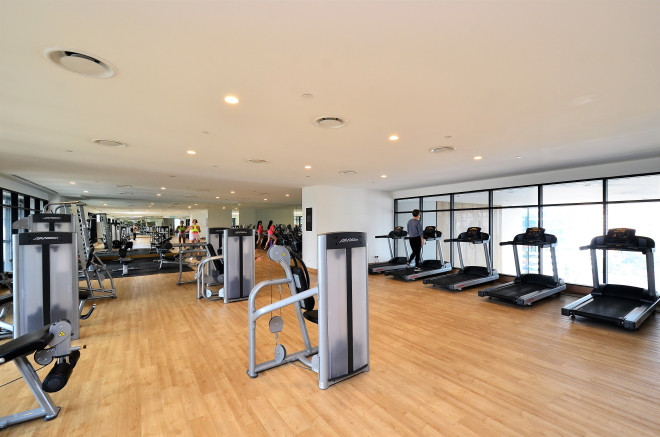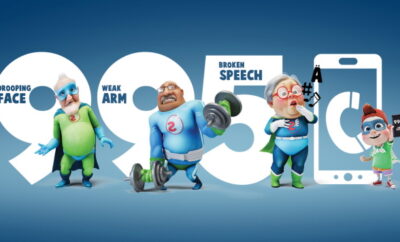
Health x Wellness
Study finds stroke survivors inactivity extend beyond a lack of motivation
A Singapore Institute of Technology (SIT) and Singapore General Hospital (SGH) study shows that factors hindering stroke survivors from being active go beyond a lack of motivation.
The Study team looked at barriers to physical activity faced by 38 stroke survivors from the Singapore National Stroke Association (SNSA), from June 2019 to December 2019.
They discovered that the top three barriers are:
- A lack of suitable exercise classes/programmes for stroke survivors at fitness centres
- Lack of assistance from fitness centre staff
- Feelings of tiredness/fatigue.
The study also shared other significant factors such as a lack of appropriate exercise equipment at fitness centres, high membership fees, motivation loss, concerns about injuries and/or pain that prevent stroke survivors from being active.
Sport Singapore, SNSA, and Republic Polytechnic will team up with A/Prof Kwah and Dr Thilarajah (Study leads) from SIT and SGH respectively to introduce MOTIVATE: a multi-modal training programme to promote physical activity after as stroke.
The programme will include education and training resources for stroke survivors, caregivers, healthcare and fitness professionals on topics such as health screening prior to exercise, selection and modification of exercises using gym equipment and adaptive aids such as arm and leg straps.

This programme is due for completion at the end of 2022. It will also look to improve access and use of fitness centres for stroke survivors in Singapore.
After a stroke, survivors’ ability to perform activities of daily living may be impaired to varying degrees. Inactivity and reduced fitness have many consequences beyond increased risk of stroke. With the MOTIVATE programme, we hope to improve stroke survivors’ access to fitness centres. This is a step towards an inclusive society where stroke survivors have the same access and opportunities to physical activity as the rest of Singapore’s healthy population.
Dr Shamala Thilarajah, Principal Physiotherapist at Singapore General Hospital (SGH)
Credits:
- Cover Photo by Macau Photo Agency on Unsplash
- In-article Photo by gina lin on Unsplash









